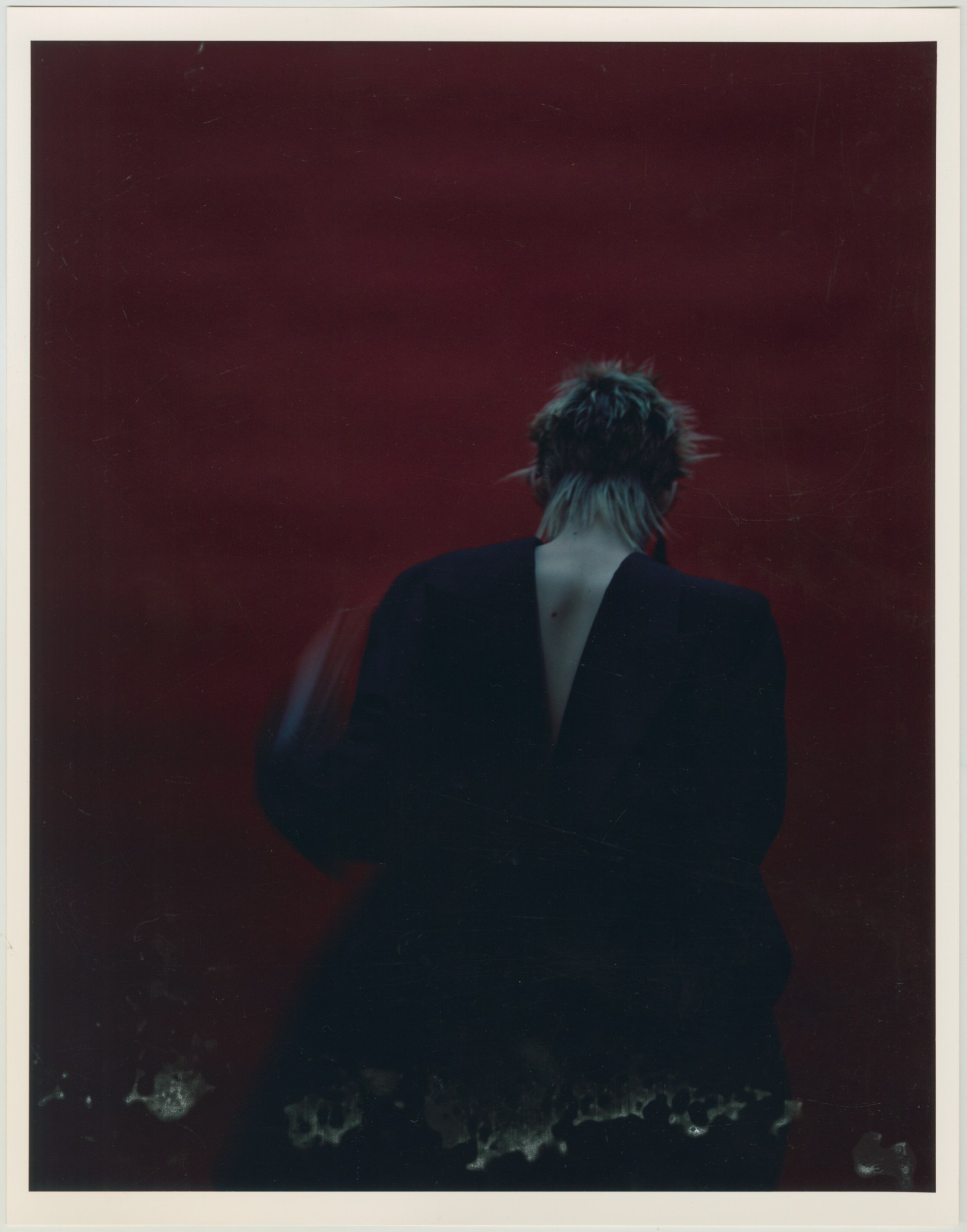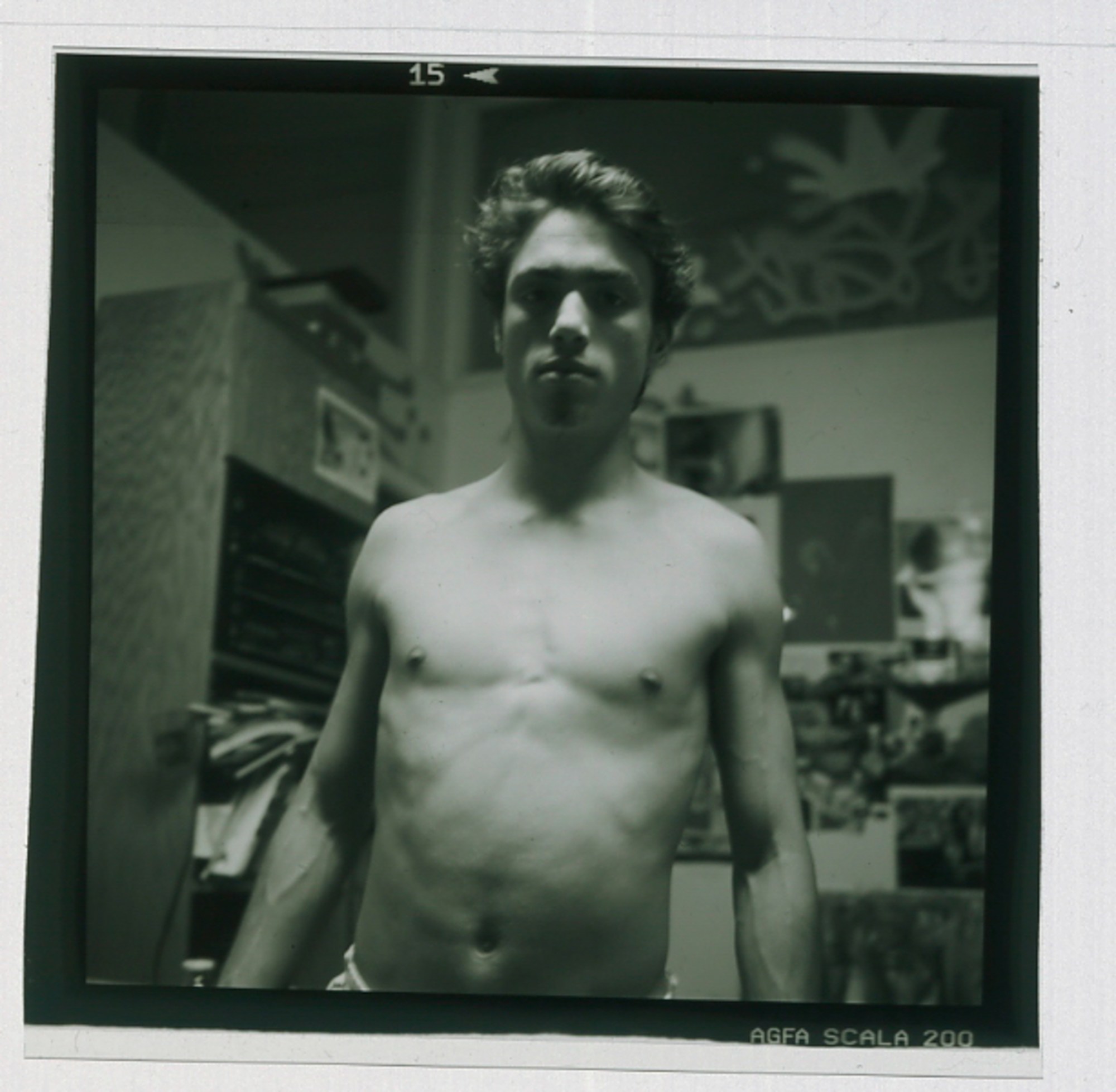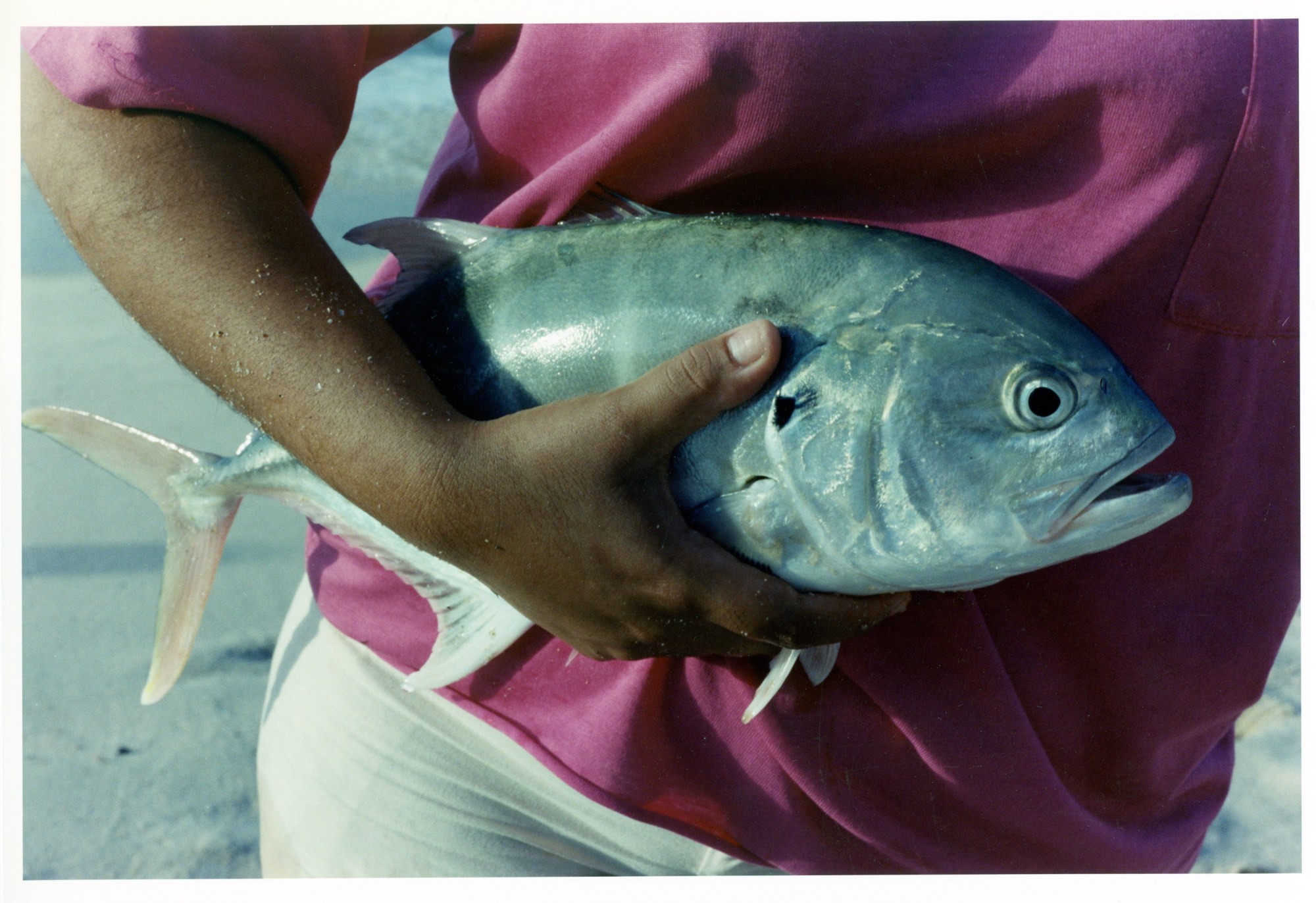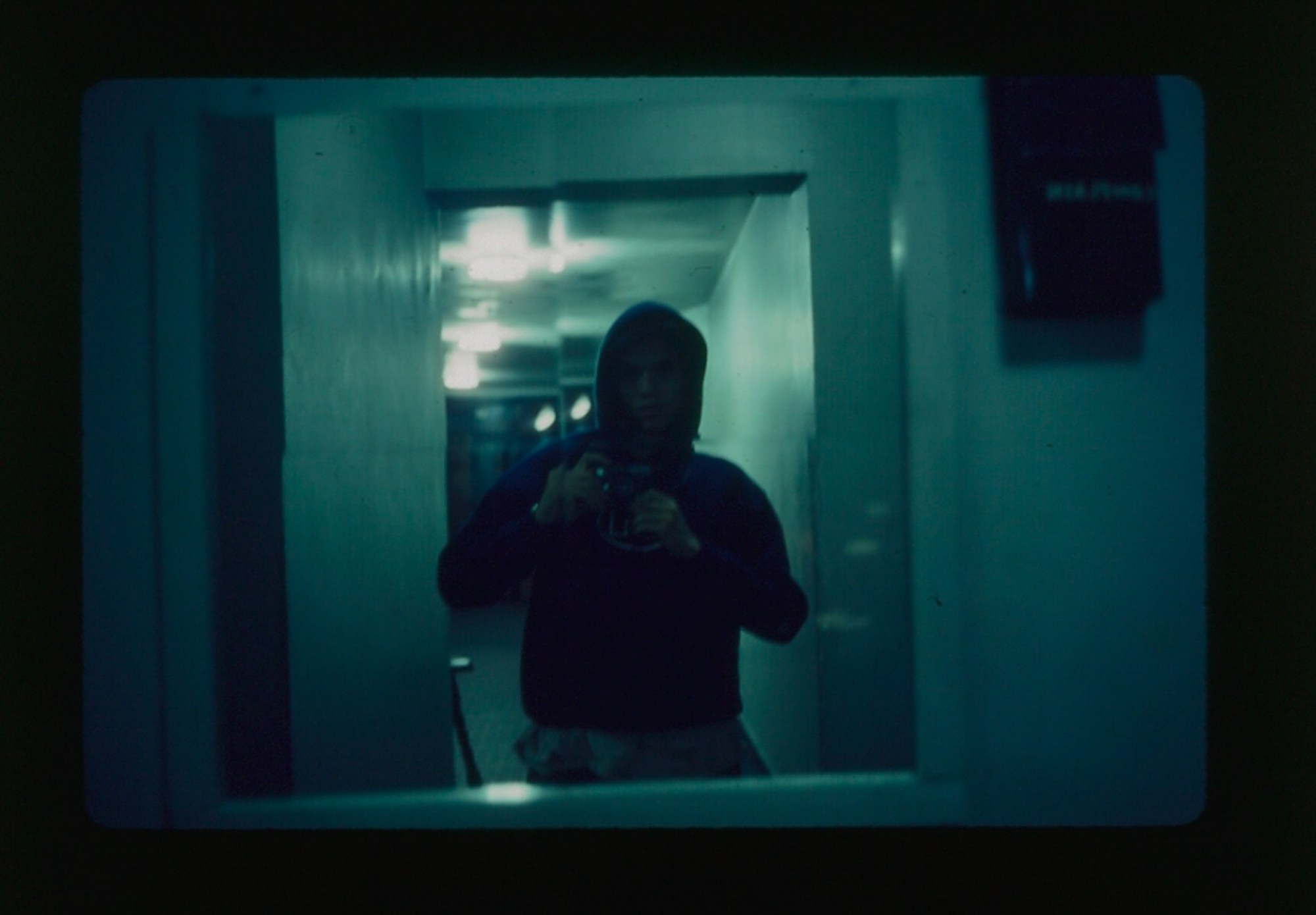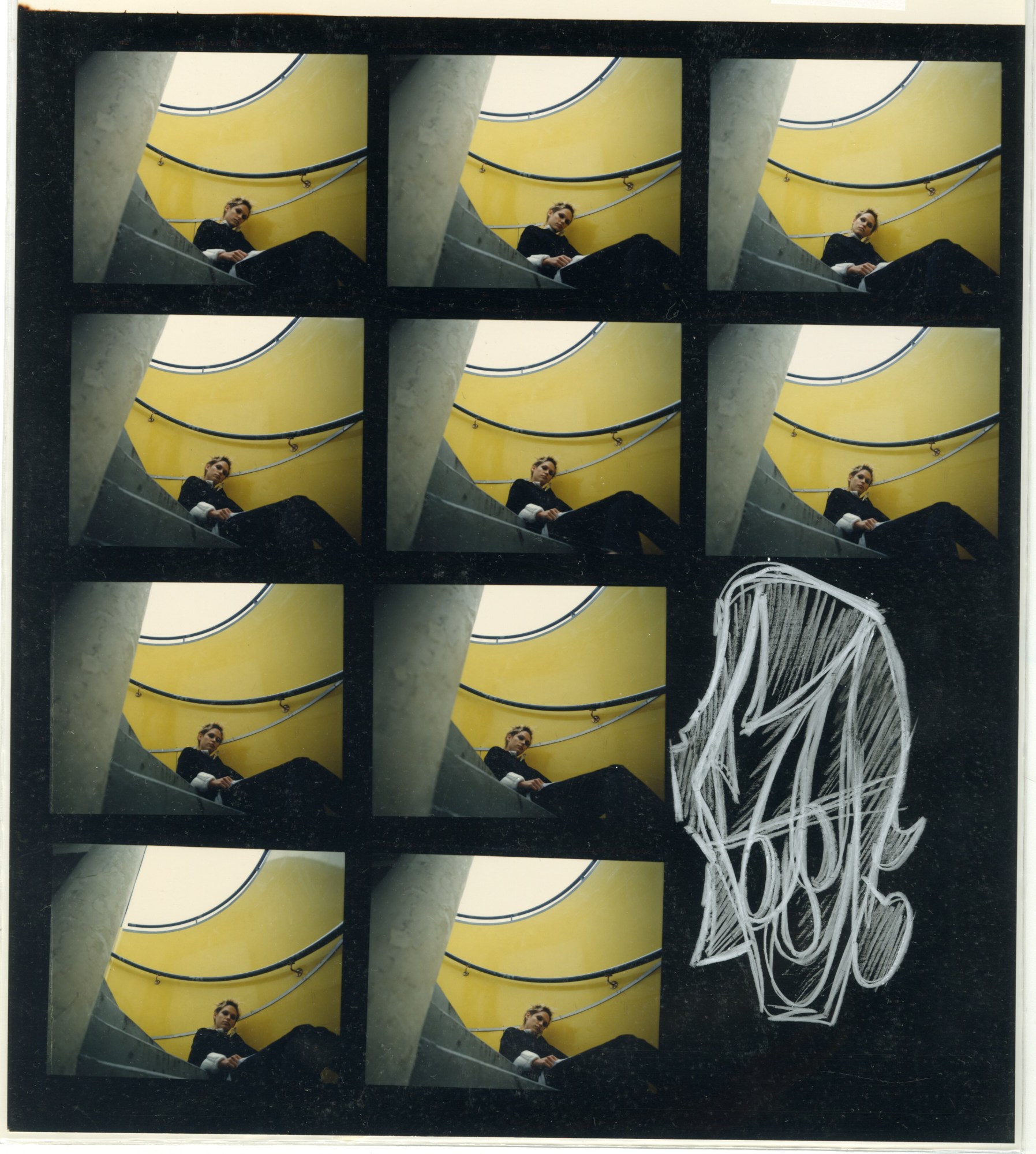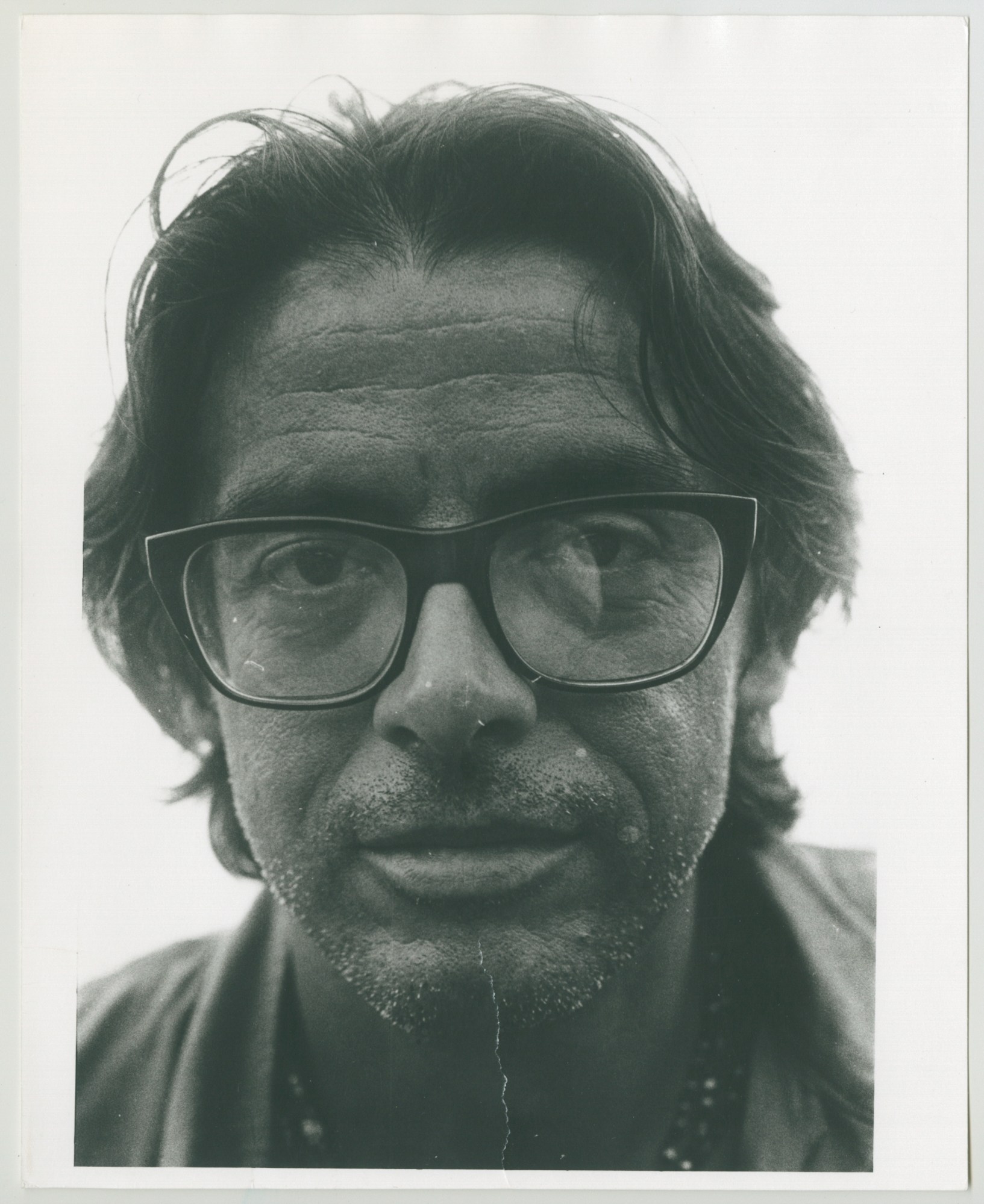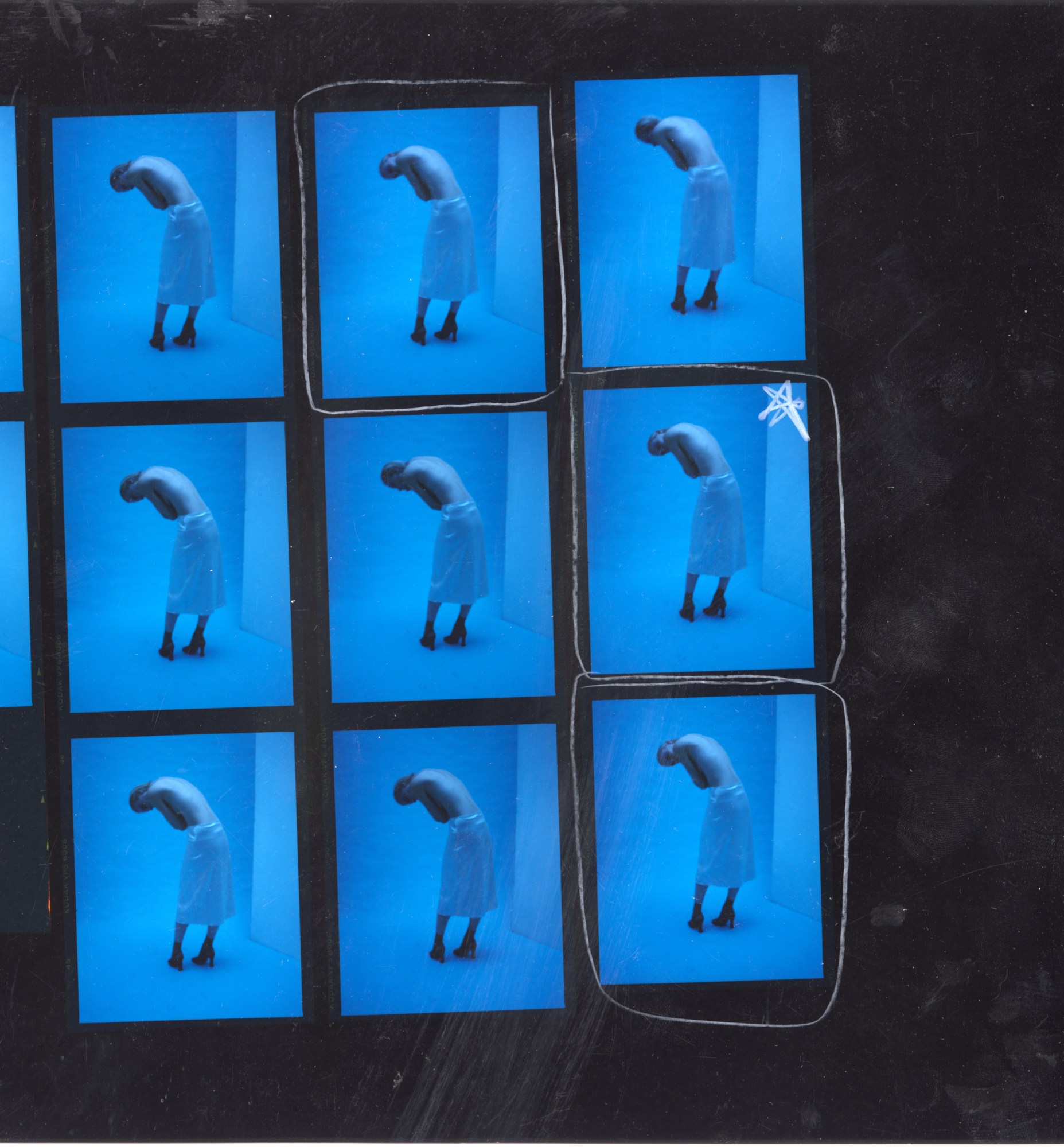To some, photographer Davide Sorrenti needs little introduction. Such was the impact of his work on fashion at a point in time when the rules were constantly changing. To others, his era is completely disconnected from the shinier and more salubrious fashion industry of today.
Born in 1976 to a family of fashion photographers, Davide was raised in New York, and meticulously documented the jagged edges of Manhattan’s youth culture and its clashes and tensions, with an insight only awarded to those deep within it. Hazy, unthinking and nihilistic, Davide’s work was at the radial centre of the fashion industry in the mid-90s, and was quickly commissioned to shoot portraits and campaigns that played into this. His death, aged 20, the result of complications with a rare blood disorder and heroin use, dovetailed with a growing awareness amongst the media and politicians around the dangers of the “heroin chic” aesthetic, and became an example of its dire consequences.

In the past few months, the expansive body of work Davide shot over his short career has been exhibited in New York for the first time, and the story of his life told in greater depth than before in the documentary, See Know Evil. Seeing Davide’s work now after two decades of much of it being largely unavailable to the public, his distinct style can undoubtedly be considered as provocative and beautiful as it was at the time. Curated by his mother Francesca Sorrenti and friend Jade Berreau, the exhibition, entitled “Our Beutyfull Future” points to Davide as one of the most talented young photographers of the 90s, rather than the victim of the circumstances his health and his drug use created.
There’s an obvious parallel between Davide and his niece Gray, daughter of his brother Mario. Both of their work captures the city’s pulsating heart: its youth. While distinct in their style and approach, a lot of what transcends the two-decade gap is simple energy and vibrance. After all, “That whole thing of New York City kids hanging out, it’ll never change,” Gray says herself. With See Know Evil now available to watch online, Gray, a huge believer in and admirer of her late uncle’s talent, sits down with the film’s director, Charlie Curran, to discuss Davide’s legacy.

Charles: Hey Gray, how have you been?
Gray: I’ve been good. Today my dad and I just released our first collaboration together for La Mer, which is really exciting. We worked on it for a year and a half, so it’s great to see it finally come out.
I saw, it looked incredible.
Thank you. Other than that I’m back in New York, working on my documentary, and you know just chillin’.
So Davide’s documentary See Know Evil just came out yesterday (on iTunes) and I thought it would be cool to chat with you about his work and what it means for a new generation of creatives to start discovering it. Last time I saw you was at the opening of Davide’s first gallery exhibition, “Our Beutyfull Future”, and beyond the old New York heads you’d expect I was really surprised by just how many younger people were there. I’m wondering what it was like for you and your friends to be there?
It was a very special moment for my family and I because it was the first time in 20 years that Davide’s pictures were shown. As for my friends, I knew they would get so much out of seeing his work. Davide’s work kind of speaks to us all. When the documentary came out I invited all of my friends to come and see it, because I felt like they could relate to him, his passion for photography, his crew, life, art, the struggle of growing up. Being a kid in New York City, everything is coming at you at the speed of light. Even though it things have drastically changed since the 90s, New York City kids really haven’t. It feels the same, it’s about us and what’s going on now. I wanted them to see and feel that time period and the landscape of what it was like in NYC, writing graffiti, taking pictures and hanging out. All of a sudden they came to me and were like “No fucking way, your uncle is ARGUE-SKE?!” They were like, “He had the sickest style.” All of my friends grew up doing graffiti and art and honestly, there were a lot of similarities.
The way I see that time through Davide’s pictures, the film — it’s almost like a reflection of our youth culture today. In his pictures and in the film you see Davide documenting his life, his friends, making art, music, laughing together — you know, that whole thing of New York City kids hanging out. It’ll never change, it’ll always be the same and I guess now it’s just an evolution. As time goes by, the world has modernised and technology has changed the way we communicate. The city has changed — it’s not as rough around the edges as it once was. Along with everything else it has lost a bit of its grit, but it always remains a bit down and dirty.
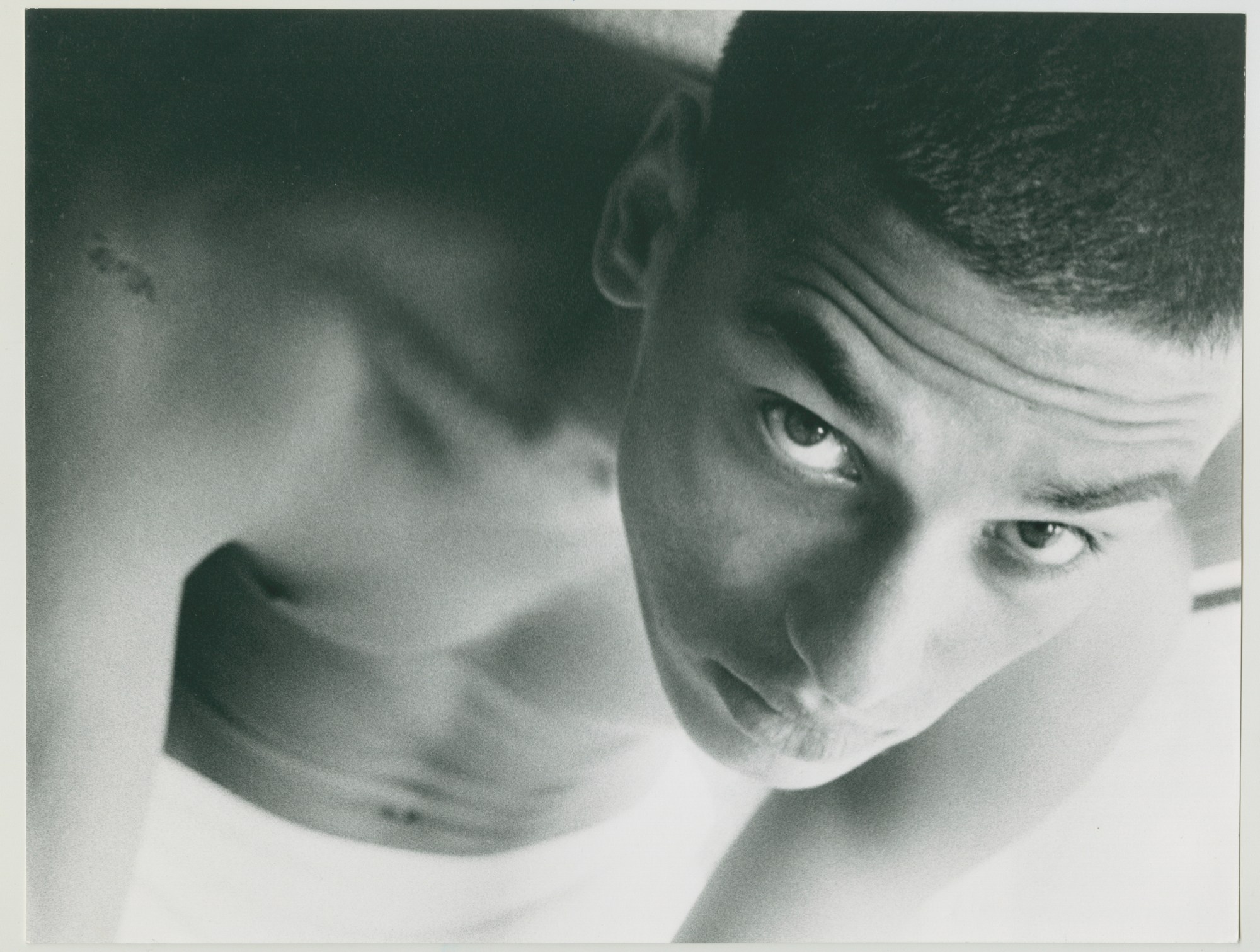
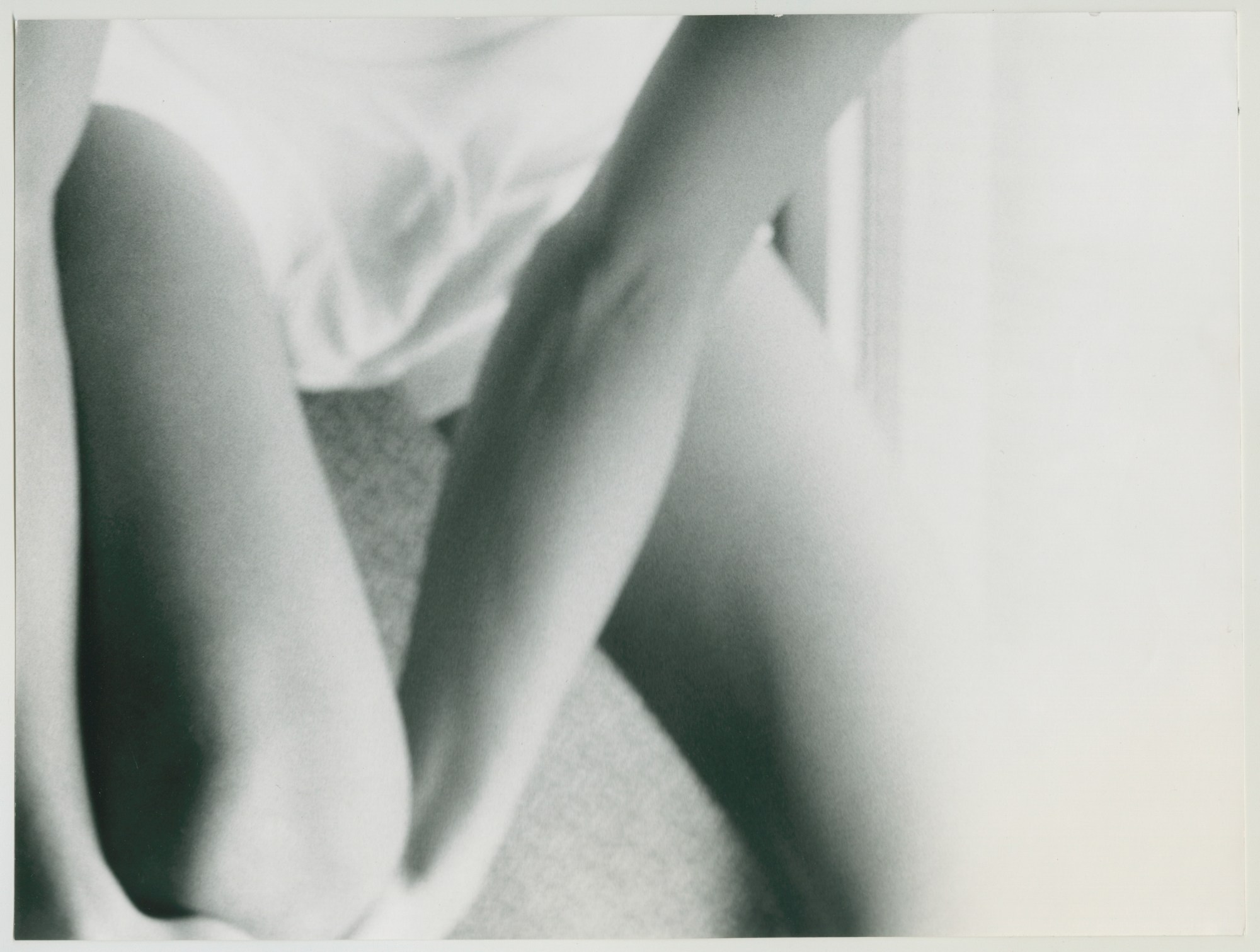
My friends and I have remained staying true to the city. We get together, we hang out, take pictures, make art, have shows in small galleries in the LES. We’re always cooking and dancing in somebody’s basement. We’re constantly keeping it going, staying clear from the norm and supporting the arts and each other. New York City is our playground and I think we all feel lucky to have grown up here. So when I said come to the documentary, everyone was super excited. They’re so inspired by Davide’s work, and so intrigued by that time period, but also understand — it’s a different time and environment. Socially, economically, politically, racially.
Davide’s exhibition of his work was truly a beautiful moment, everyone came through. The place was packed with people, friends, family, old school New Yorkers, people who had heard stories about him or just loved his work. They were spilling onto the street, everyone hanging out, meeting each other for the first time and some reconnecting from the past. It was a real New York moment. Everyone was sharing stories about Dave; you really felt the love. He would have loved it. I think he was there in spirit, he wouldn’t have missed it. There was definitely something special in the air that night — he brought the magic.
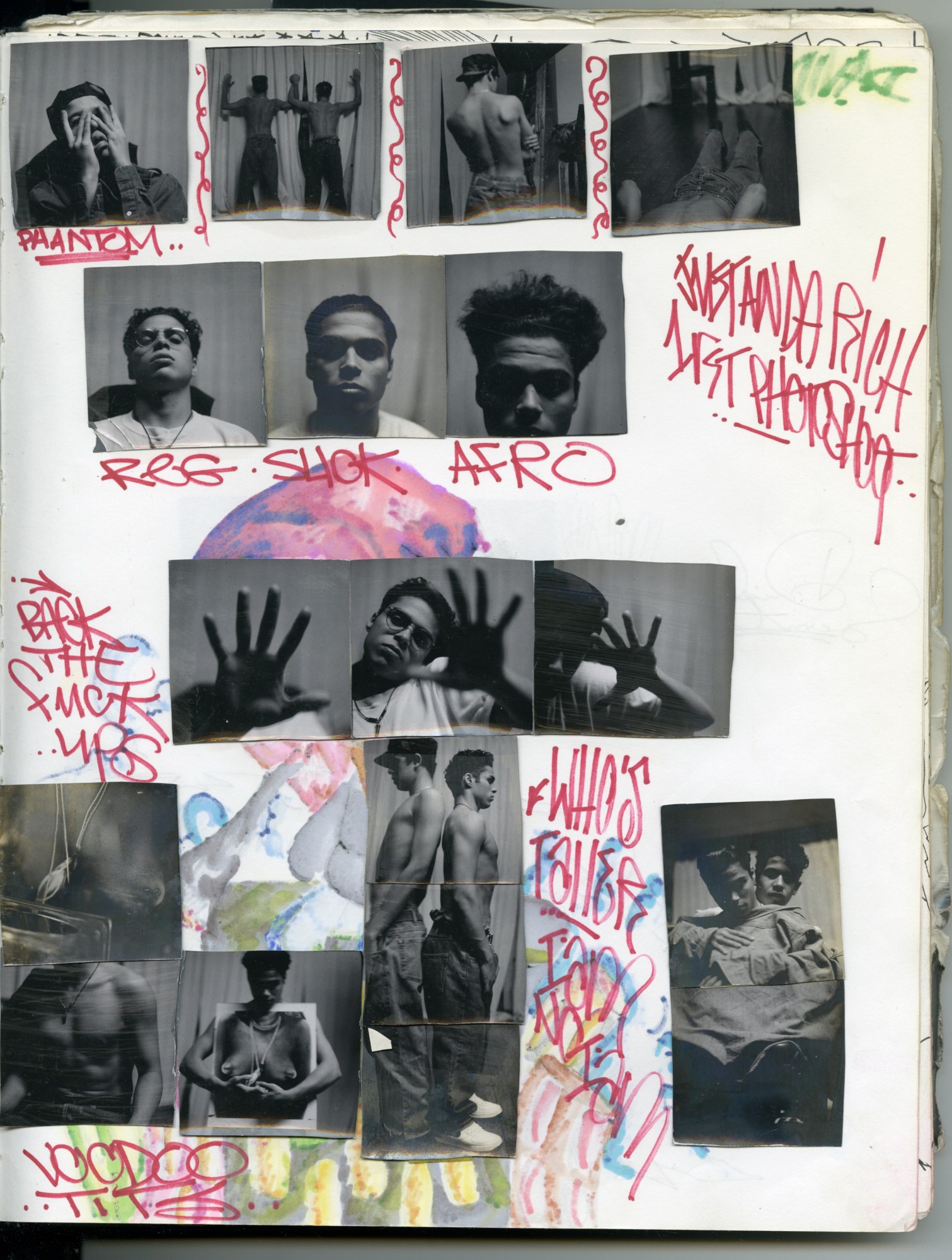
What do you think it is that’s special or doesn’t seem to change about making art when you’re young?
It’s raw. It’s pure, and we’re just trying to tell the truth. So our art is reflecting this truth whether it’s in paint, pictures, music, visuals or politics. We’re in a time of recognising the truth. Sick and tired of the greed and negativity, we simply need change and commitment to change which seems to be lacking in the old guard. That’s the great thing about working with i-D, they are changing with us, interested in stepping forward, giving the youth a platform and a voice in today’s torrential downpour. I was very excited when Alastair from i-D proposed The Post Truth Truth Issue. I knew I wanted to be a part of it. Even my dad recognises how important this is, he knows what’s up, he’s fighting with us. At this point all generations need to work together, it’s the only way we are going to make shit happen. This is a special moment in history where this generation has no limits, no time to waste, and no fear. We are trying to break the divide. Obviously we will do that with caring hands, but I think all of us are pretty fed up with the fear, incompetence and inequality.
What do you think the next generation takes from Davide’s story? Or what do you hope they take from Davide’s story?
Davide had something extremely rare and beautiful. It’s hard to put it into words, but even if you glanced at his smile, through pictures, video or in person, you would automatically know. He had a light that surrounded him and angels that watched over him. Because of his illness, Thalassemia, he lived every day to it’s fullest, not knowing when his last day would be. He lived in the moment, maybe faster than you and I would live, but he had no time to waste. He had no choice but to believe that things were the way they were supposed to be, and that it is important to stay true to yourself and to your heart. I know that’s what Davide makes me want to do. He makes me want to push further and continue pulling truth from my art. Davide keeps me in check, he gives me the momentum to push and be brave. When I think of him I think of his smile, his language, his passion for life, peace and art. I’m in good hands. I hope my friends feel the same way.
‘See Know Evil’ is available to watch online now
